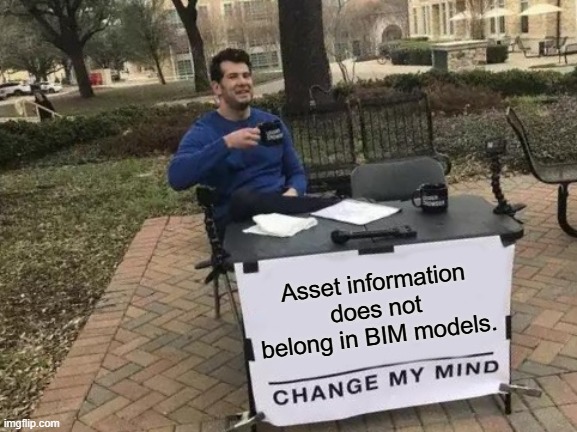-

Lean Out Your BIM Processes by Reducing Asset Information in Your Models
Let me tell you a little secret about working in BIM: the more data you cram into your model, the more of a nightmare it becomes to manage. Early in my career as a BIM Manager, I thought it was smart to add as much data as possible to Revit Families for owner-furnished items (OFI).
-

Manual data entry is so 2024.
It’s 2025 and we’re still doing manual data entry? Check out this video demo of how Kit, our AI copilot in Ephany, is now able to solve this problem.
-

Asset information does not belong in BIM. Change my mind.
I believe BIM is experiencing some growing pains, as with any new technology would. I’m starting to see that there is too much data in models, particularly regarding assets such as the furniture, fixtures, and equipment (FF&E). I do agree that any data that is required for design and construction processes need to be included…
-

Asset Identification is Key to Success in Repeatable Design and Construction
Imagine navigating a world where identification numbers didn’t exist. Without bank account numbers, driver’s license numbers, and social security numbers, it would be nearly impossible to look up information about a specific person with 100% certainty that you’re not mixing up people with the same name. Shouldn’t every piece of furniture, fixture, and equipment (FF&E)…
-

Managing FF&E asset data for repeatable designs sounds easy, but it’s not.
Managing furniture, fixtures, and equipment (FF&E) across a fleet of stores is a complex challenge for physical retail organizations. Surprisingly, some of the largest retail brands in the world are managing those assets in Excel spreadsheets (or other similar format). If that statement resonated with you, the below image probably looks all too familiar.
